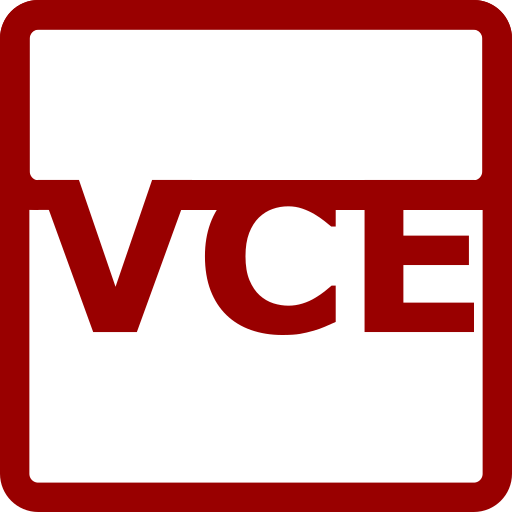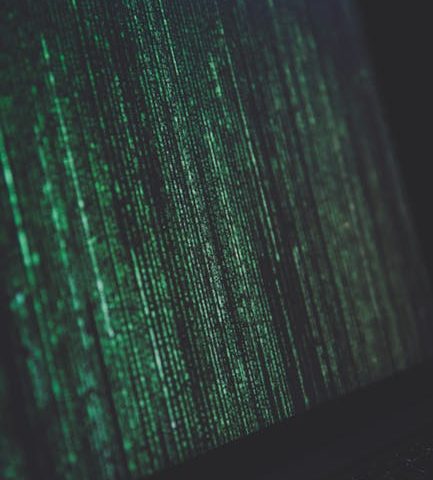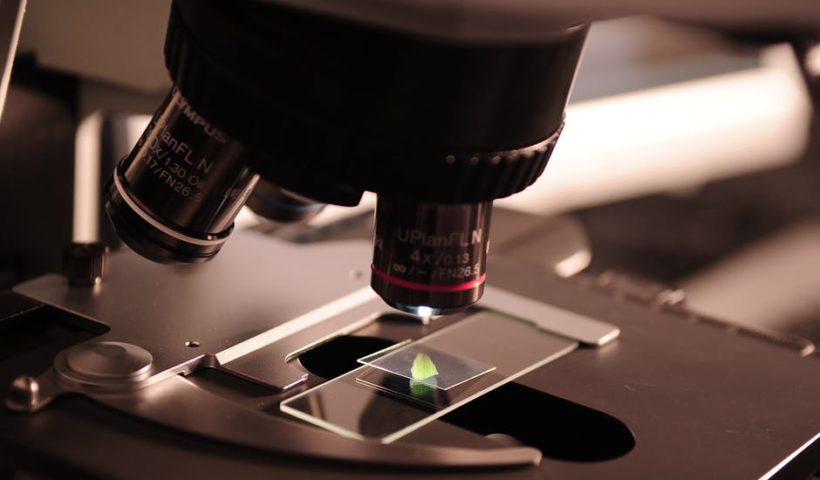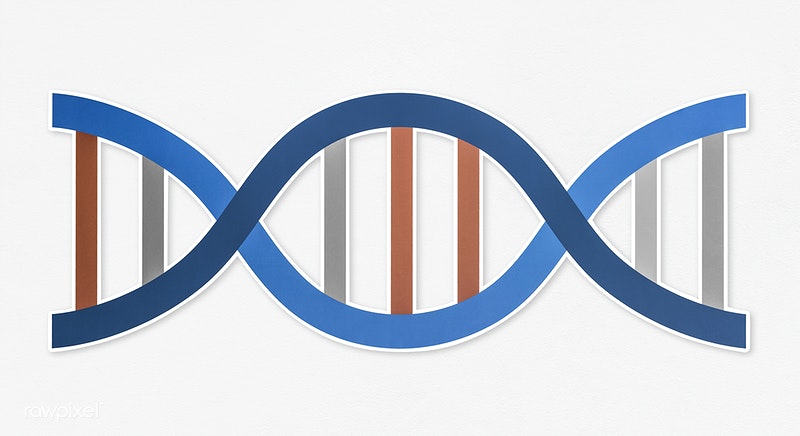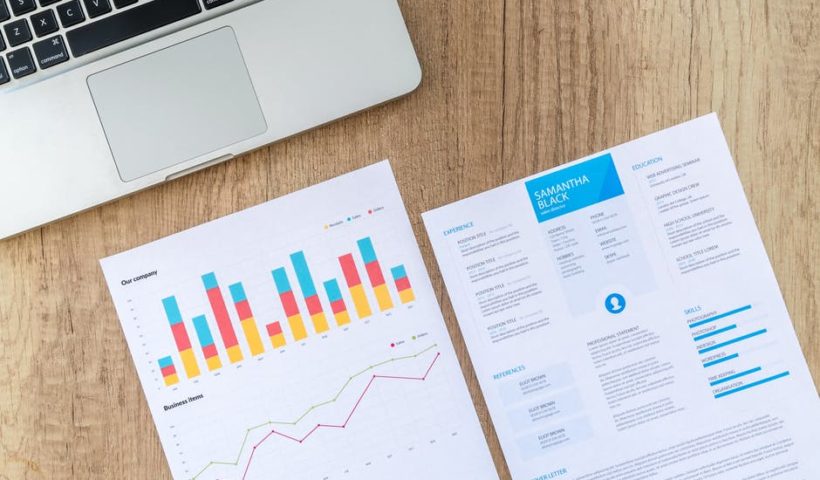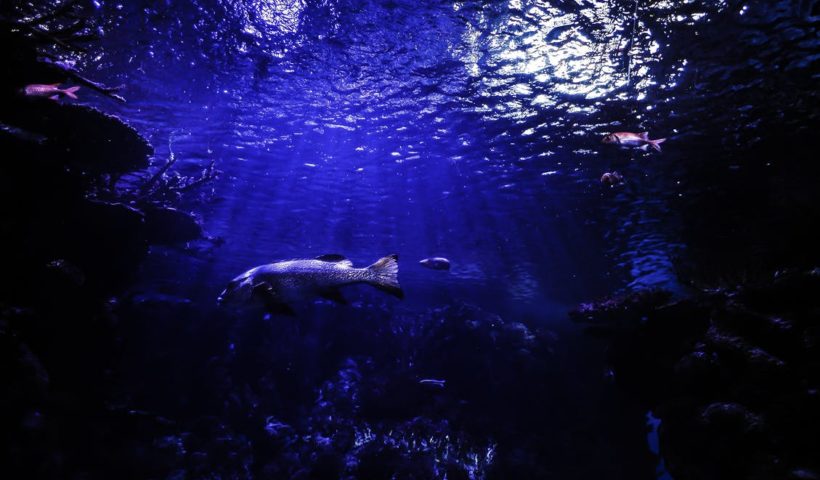Upon taking his first ride in an airplane, William E. Boeing set his feet firmly back on solid ground and immediately remarked, “I think we…
View More Reviving the Supersonic Commercial Transport: Ethical ConsiderationsCategory: Semester
Should You Boycott Facebook?
12/3/2018 Profiled article S. Vaidhyanathan, “Opinion | Don’t Delete Facebook. Do Something About It.”, Nytimes.com, [online] 2018. Available at: https://www.nytimes.com/2018/03/24/opinion/sunday/delete-facebook-does-not-fix-problem.html?rref=collection%2Fsectioncollection%2Fopinion-technology&action=click&contentCollection=technology®ion=stream&module=stream_unit&version=latest&contentPlacement=76&pgtype=sectionfront. About the article author Siva Vaidhyanathan is a…
View More Should You Boycott Facebook?Conflict between Machine Learning and Societal Values
11/16/2018 Profiled article Moses, L. (2018). Is Your Algorithm Dangerous? – IEEE Technology and Society. [online] IEEE Technology and Society. Available at: http://technologyandsociety.org/is-your-algorithm-dangerous/ [Accessed 15 Nov. 2018].…
View More Conflict between Machine Learning and Societal ValuesOversight Over Environmental Gene Editing
11/9/2018 Profiled article K. Dennehy, “Editing nature: A call for careful oversight of environmental gene editing: Interdisciplinary team urges creation of coordinating global body.”, sciencedaily.com,…
View More Oversight Over Environmental Gene EditingOpen Source Genomic Data in Cold Cases
10/19/2018 Profiled article E. Waltz, “How Genealogy Websites Make It Easier to Catch Killers”, IEEE Spectrum, Oct. 11, 2018. [Online]. Available: https://spectrum.ieee.org/the-human-os/biomedical/ethics/criminals-getting-easier-to-find-thanks-to-genealogy-websites [Accessed: Oct. 16, 2018]. About the…
View More Open Source Genomic Data in Cold CasesTraining Gender Bias into Resumé Readers
10/12/2018 Profiled article J. Dastin, “Amazon scraps secret AI recruiting tool that showed bias against women”, reuters.com, Oct. 09, 2018. [Online]. Available: https://www.reuters.com/article/us-amazon-com-jobs-automation-insight/amazon-scraps-secret-ai-recruiting-tool-that-showed-bias-against-women-idUSKCN1MK08G?feedType=RSS&feedName=topNews&utm_source=twitter&utm_medium=Social Profile This week we’ll…
View More Training Gender Bias into Resumé ReadersAn Investigation into the Ethical Implications of Deep Sea Mining
While many still associate deep sea mining with science fiction, recent developments have proven that ocean mining could be a very profitable reality in just…
View More An Investigation into the Ethical Implications of Deep Sea MiningEthics of Transference of Human Intelligence to Non-Biological Substrates
For many of us, the inevitability of our deaths seems certain. We are given limited time to inhabit our biological bodies, and then we are…
View More Ethics of Transference of Human Intelligence to Non-Biological SubstratesA Three Institution Approach to Address the Drug Dose Gap
For the past several years, the generic recommended drug dosage as presented by pharmaceutical companies has undergone renewed scrutiny with highly publicized accounts of patient…
View More A Three Institution Approach to Address the Drug Dose GapThe Debate Over Dams
Dams, the most ancient of inventions, simple in design and efficient in operation, have allowed men to capture drinking water, control floods and practice agriculture…
View More The Debate Over Dams